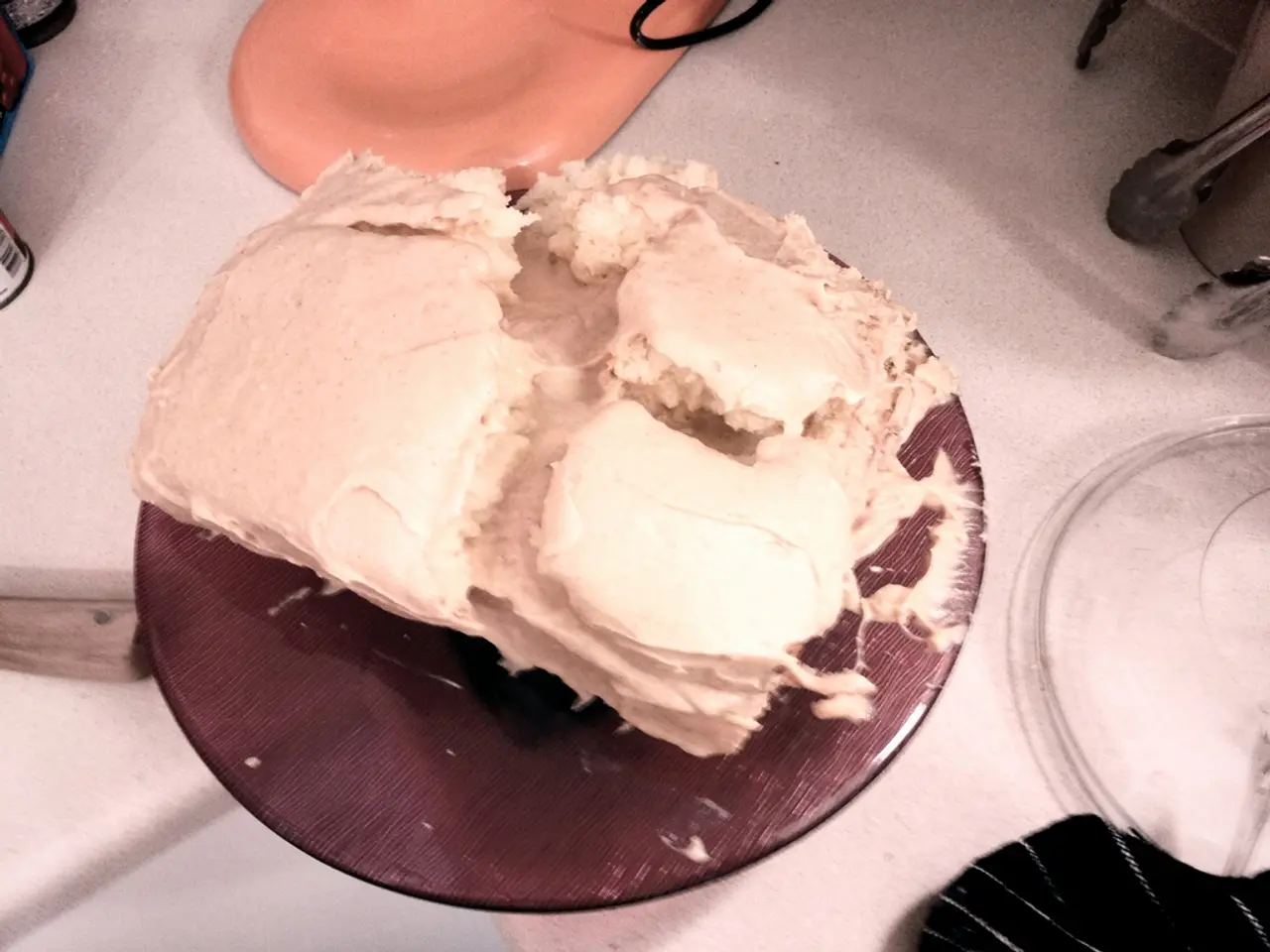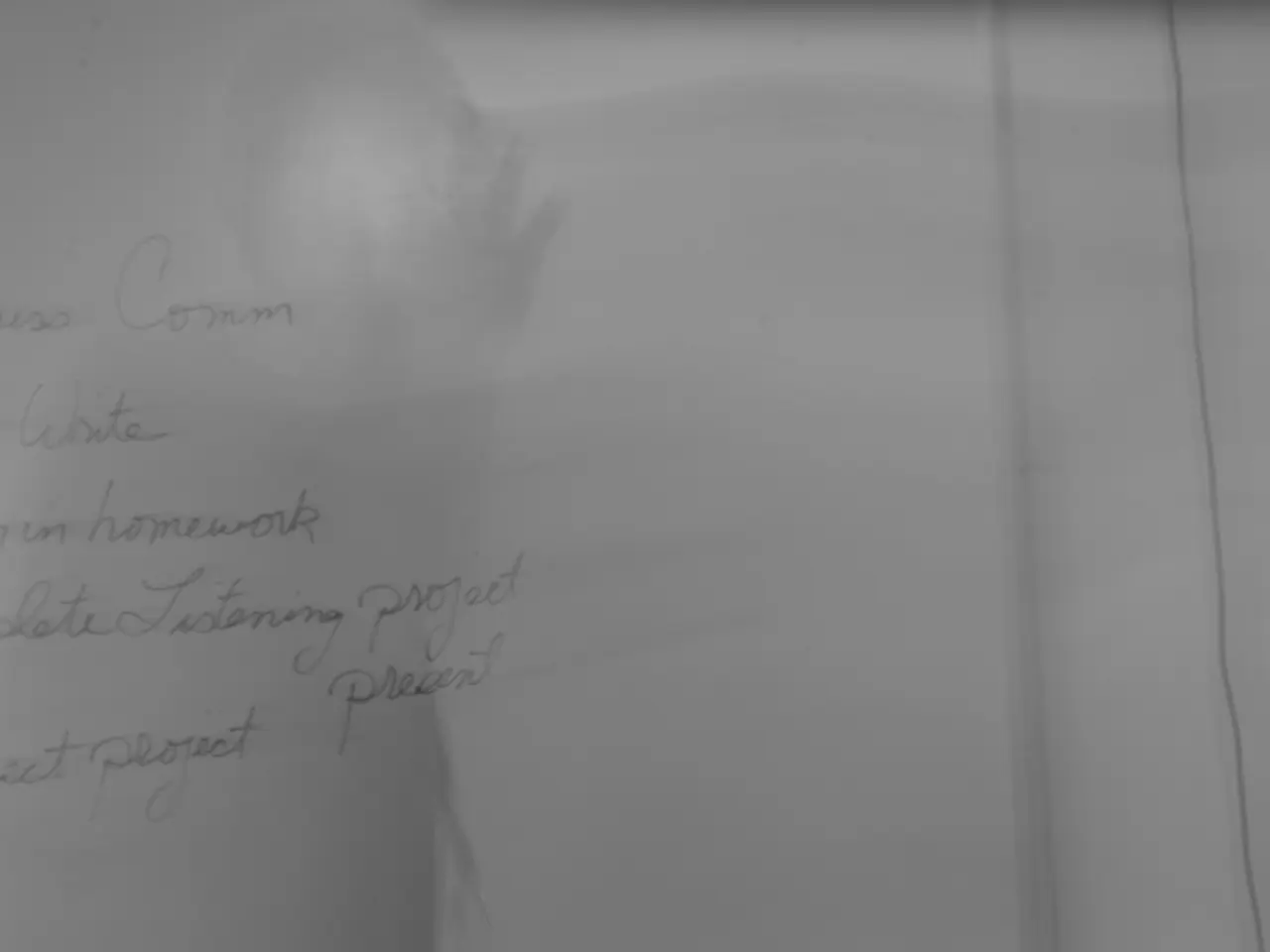Differentiating Lichen Planus from Psoriasis: Recognizing Symptoms, Causes, and Remedies
**Article Title: Understanding Lichen Planus and Psoriasis: Differences and Similarities**
Lichen Planus and Psoriasis, two common inflammatory skin conditions, share some similarities but have distinct differences in causes, symptoms, and treatments.
**Causes**
Lichen Planus is believed to be an autoimmune condition where the immune system attacks skin and mucous membranes. Factors such as stress, infections, trauma, certain medications, and possibly genetic predisposition can trigger the condition. For oral lichen planus, smoking, alcohol, NSAIDs, and spicy foods may exacerbate the condition. On the other hand, Psoriasis is an immune-mediated disease that causes rapid skin cell overproduction, linked to genetic and environmental factors such as stress, infections, and medications.
**Symptoms**
Both conditions present with red, irritated skin, but their appearances differ. Lichen Planus appears as purple, flat-topped, polygonal bumps that may affect various body parts, including the mouth, lips, wrists, lower back, ankles, scalp, fingernails, and toenails. Psoriasis, however, causes thick, red patches of irritated skin with silvery-white or gray scales, commonly on elbows, knees, scalp, and lower back.
**Treatments**
Treatment options for both conditions include topical and systemic therapies, but their focus varies. Both Lichen Planus and Psoriasis can be treated with corticosteroids to reduce inflammation and itching. However, psoriasis has a broader range of systemic biologic therapies and phototherapy options. Lichen Planus treatment may also include therapies targeting hair follicle preservation and psychological stress reduction.
**Key Differences**
The morphology of the lesions is one of the key differences between the two conditions. Lichen planus lesions are purple and flat-topped, while psoriasis plaques are thick, red, and scaly. Lichen planus can involve mucous membranes and nails more distinctively, whereas psoriasis has common predilection sites like elbows and knees. Histopathology and immune targets also differ, with lichen planus targeting basal epidermal cells and psoriasis involving accelerated keratinocyte proliferation.
In summary, Lichen Planus is an autoimmune condition with characteristic purple flat-topped bumps and mucous membrane involvement, treated primarily with corticosteroids and immunotherapy, plus stress management. Psoriasis is an immune-mediated accelerated skin cell growth disorder manifesting with scaly red plaques, managed with topical agents, systemic immunosuppressants, biologics, and phototherapy. Despite some overlapping immune features, their clinical presentations and treatment modalities show important distinctions.
While both conditions can be managed effectively, there is no guaranteed cure for either condition. It is essential to consult a healthcare professional for accurate diagnosis and treatment. Stress, sunlight deprivation, dry skin, cuts, burns, insect bites, bacterial or viral infections, certain medications, and chronic hepatitis C can trigger psoriasis flare-ups, while symptoms of lichen planus may include itching (in mild to severe cases). Lichen planus often does not require treatment as it usually goes away within a year, but topical corticosteroids or light therapy may be prescribed for itchy or painful outbreaks.
- In the realm of medical-conditions and health-and-wellness, it is important to distinguish between the skin-care concerns of Lichen Planus and Psoriasis, as while they share some similarities, they have distinct differences in their causes, symptoms, and treatments.
- Within the scientific study of these two inflammatory skin conditions, one key difference lies in the appearance of their lesions; Lichen Planus lesions are purple and flat-topped, while Psoriasis plaques are thick, red, and scaly.




